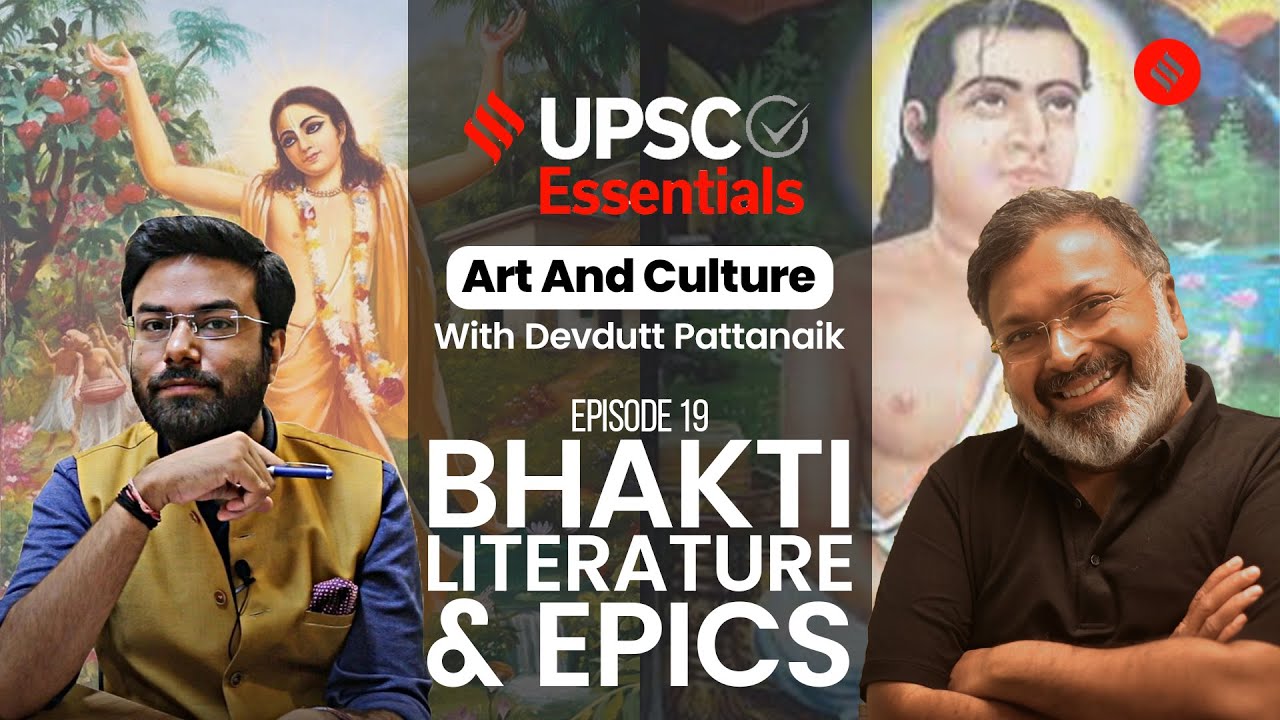Art and Culture Lecture 2
Summary
TLDRThis session delves into the rich tapestry of ancient Indian art and culture, highlighting key elements such as sculptures, iconography, literature, and architecture. It explores various sculpture techniques, the significance of symbols in iconography, and the profound themes found in ancient literature. Architectural marvels, including temples and step wells, showcase advanced construction techniques and cultural integration with nature. The discussion emphasizes the spiritual depth and craftsmanship of ancient Indian works, contrasting them with more recent constructions, and ultimately encourages appreciation for the enduring legacy of Indian heritage.
Takeaways
- 😀 Ancient Indian sculptures are three-dimensional artworks made from various materials, including wood, stone, clay, and metal.
- 😀 Major types of sculpture styles include figurative, relief, abstract, and environmental sculptures.
- 😀 Sculptures serve various functions, such as decorative, religious, commemorative, and expressive purposes.
- 😀 Iconography is crucial in interpreting the symbolic meanings of ancient Indian sculptures, with techniques that include symbol identification and cultural analysis.
- 😀 Ancient Indian literature encompasses a range of genres, including religious texts, epic literature, poetry, and scientific writings.
- 😀 Prominent ancient Indian universities like Nalanda played a vital role in the development and dissemination of literature and knowledge.
- 😀 The themes of ancient Indian literature often explore spirituality, heroism, love, ethics, and the divine.
- 😀 Ancient Indian architecture showcases advanced techniques and is marked by significant structures such as temples, which reflect the cultural and spiritual heritage of India.
- 😀 Notable architectural marvels include the Konark Sun Temple, Brihadeshwara Temple, and Kailasa Temple, each demonstrating unique construction methods and artistic detail.
- 😀 The session emphasizes the importance of recognizing and appreciating the depth of ancient Indian art and culture, which reflects values, knowledge, and humanity.
Q & A
What are the main types of sculptures mentioned in ancient India?
-The main types of sculptures in ancient India include figurative sculptures representing people, animals, or objects; relief sculptures that are attached to a background surface; and abstract sculptures focusing on shapes and colors.
What materials were commonly used for carving sculptures in ancient India?
-Common materials used for carving sculptures included wood and stones like marble, granite, and limestone.
What functions did sculptures serve in ancient Indian culture?
-Sculptures served various functions, including decorative purposes, religious and ritualistic functions, commemorative purposes to honor individuals or events, and expressive functions to convey emotions or ideas.
Can you name a notable sculpture style from ancient India and provide an example?
-One notable sculpture style is the Chola bronze sculpture, with an example being the bronze statue of Nataraja, created around 1,800 years ago.
What is iconography and its significance in understanding ancient Indian art?
-Iconography is the study and interpretation of visual symbols in art. It is significant for understanding the deeper meanings behind artworks, particularly in religious and cultural contexts.
What are some key themes found in ancient Indian literature?
-Key themes in ancient Indian literature include religious and spiritual themes, epic narratives, love and human relationships, moral and ethical lessons, and reflections on nature and the divine.
What role did ancient Indian universities play in literature?
-Ancient Indian universities, such as Nalanda, were centers of learning where a wide range of subjects, including literature, medicine, and philosophy, were taught, contributing significantly to the development of Indian literature.
Describe one architectural marvel from ancient India and its significance.
-The Brihadeshwara Temple in Tamil Nadu is a significant architectural marvel built in the 11th century. It reflects Dravidian architecture and was a UNESCO World Heritage site, showcasing advanced construction techniques and spiritual significance.
How did ancient Indian architecture integrate with nature?
-Ancient Indian architecture often showcased harmonious integration with nature, using local materials and advanced construction techniques to create structures that served both religious and cultural purposes.
What is the overall influence of ancient Indian art and culture according to the transcript?
-Ancient Indian art and culture are celebrated for their spiritual depth, intricate craftsmanship, and their ability to convey human values, mathematics, and artistic skill, significantly influencing Indian culture and identity.
Outlines

This section is available to paid users only. Please upgrade to access this part.
Upgrade NowMindmap

This section is available to paid users only. Please upgrade to access this part.
Upgrade NowKeywords

This section is available to paid users only. Please upgrade to access this part.
Upgrade NowHighlights

This section is available to paid users only. Please upgrade to access this part.
Upgrade NowTranscripts

This section is available to paid users only. Please upgrade to access this part.
Upgrade NowBrowse More Related Video

Art & Culture Lecture 1

BEGC 101 Audiobook| Block 1| Unit 1 INDIAN AESTHETICS: AN INTRODUCTION Course | English Honours

Senirupa Kelas X Semester 1

Powtórzenie wiadomości LO 1, Rozdział 2- Dzieje starożytnej Grecji. Czas na podsumowanie!

Ancient History of India Series | Lecture 14: Gupta Empire Economy and Art & Culture | GS History

Bhakti Literature & Epics: Know In Art & Culture With Devdutt Pattanaik EP19 | UPSC Essentials
5.0 / 5 (0 votes)